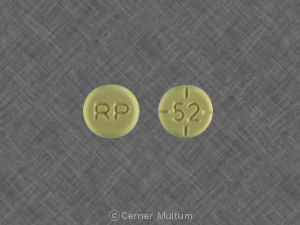Dextrostat Interactions
There are 211 drugs known to interact with Dextrostat (dextroamphetamine), along with 13 disease interactions, and 3 alcohol/food interactions. Of the total drug interactions, 38 are major, 166 are moderate, and 7 are minor.
- View all 211 medications that may interact with Dextrostat
- View Dextrostat alcohol/food interactions (3)
- View Dextrostat disease interactions (13)
Most frequently checked interactions
View interaction reports for Dextrostat (dextroamphetamine) and the medicines listed below.
- Adderall (amphetamine / dextroamphetamine)
- Adderall XR (amphetamine / dextroamphetamine)
- alprazolam
- Ambien (zolpidem)
- Ativan (lorazepam)
- bupropion
- clonazepam
- Cymbalta (duloxetine)
- Fiorinal with Codeine III (aspirin / butalbital / caffeine / codeine)
- gabapentin
- hydrochlorothiazide
- Klonopin (clonazepam)
- Lamictal (lamotrigine)
- Lexapro (escitalopram)
- Lipitor (atorvastatin)
- melatonin
- metformin
- Nuvigil (armodafinil)
- omeprazole
- oxycodone
- Provigil (modafinil)
- Prozac (fluoxetine)
- Ritalin (methylphenidate)
- Synthroid (levothyroxine)
- trazodone
- Vitamin D3 (cholecalciferol)
- Vyvanse (lisdexamfetamine)
- Xanax (alprazolam)
- Zoloft (sertraline)
- Zyrtec (cetirizine)
Dextrostat alcohol/food interactions
There are 3 alcohol/food interactions with Dextrostat (dextroamphetamine).
Dextrostat disease interactions
There are 13 disease interactions with Dextrostat (dextroamphetamine) which include:
- cardiovascular
- glaucoma
- agitation
- cardiac disease
- glaucoma
- hypertension
- psychiatric disorders
- substance abuse
- tics
- liver disease
- renal dysfunction
- seizure disorders
- diabetics
More about Dextrostat (dextroamphetamine)
- Dextrostat consumer information
- Compare alternatives
- Reviews (3)
- Drug images
- Latest FDA alerts (4)
- Side effects
- Dosage information
- During pregnancy
- Drug class: CNS stimulants
- Breastfeeding
Related treatment guides
Drug Interaction Classification
| Highly clinically significant. Avoid combinations; the risk of the interaction outweighs the benefit. | |
| Moderately clinically significant. Usually avoid combinations; use it only under special circumstances. | |
| Minimally clinically significant. Minimize risk; assess risk and consider an alternative drug, take steps to circumvent the interaction risk and/or institute a monitoring plan. | |
| No interaction information available. |
See also:
Further information
Always consult your healthcare provider to ensure the information displayed on this page applies to your personal circumstances.


